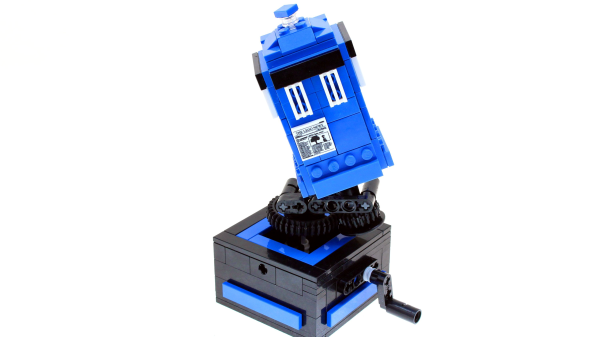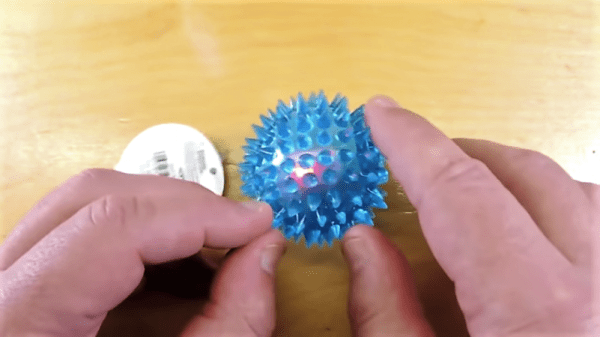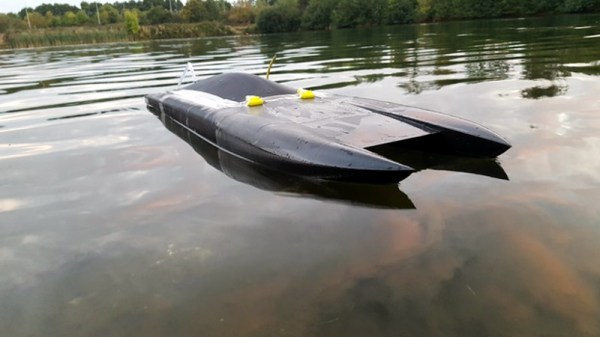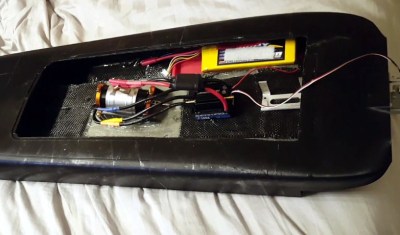[Jan] is one of those people who’s always playing around with synthesizers, and in this day and age, that means a lot of USB cables supplying power. If you want to make a synth setup portable, your best option is looking at USB powerbanks with their fancy lithium cells. These will work just fine, but remember: you can buy D cells just about anywhere, and they actually hold a ridiculous amount of energy. They’re cheap albeit one-use and disposable, so why not build a USB power bank out of a massive pair of batteries?
The build started off, naturally, with a pair of Energizer D cells that hold 20,000mAh. A battery holder for these cells is cheap and easy to source, leaving the only other needed component a cheap 5V boost converter. This was simply hot glued to the back of the battery holder in parallel, a simple switch was added, and the entire thing was fitted in a neat little 3D printed case that looks like a car (motorcycle?) battery.
Testing the with a phone revealed this thing will charge at 570mA from 3V, which is more than sufficient for [Jan]’s needs. Sure, using disposable batteries in 2018 is more than a little wasteful, but a project like this is meant to be a simple solution to the problem of providing power to USB devices anywhere. You can get D cell batteries everywhere, and what this build produces in damage to the environment is more than made up for in its convenience.


















